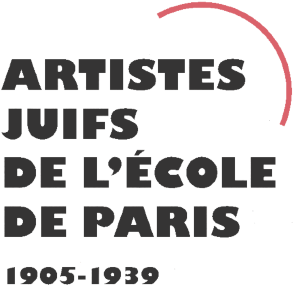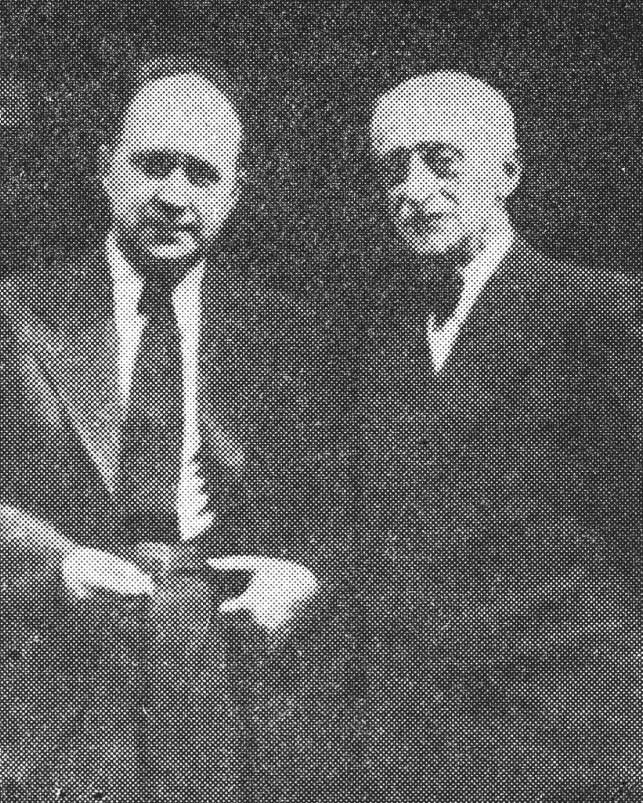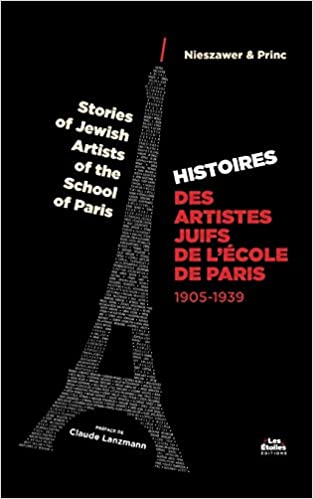Georges GOLDKORN
January 2, 2019Jacques GOTKO
January 2, 2019Jules GORDON
IRKUTSK (RUSSIA) 1908 – MELK (AUSTRIA) 1944
Jules Gordon grew up in a practising Jewish family. His father, Shimon Gordon, was from Vilnius and worked at a bank in Saint Petersburg, before he was transferred to Irkutsk in Siberia. Following the October Revolution in 1917, the whole family immigrated to Paris. Jules studied at a French school and went on to study painting at André Lhote’s academy at 26 rue du Départ in Montparnasse.
He was mobilized to fight in World War II and was awarded the Croix de Guerre medal for his courage during the German westward breakthrough at Sedan on May 13, 1940. He was captured by the Nazis and imprisoned for several months. He managed to escape, crossed the Moselle river, and reached the Zone Libre (free zone). He joined the Resistance near Grenoble as well as the OSE organization (Oeuvre de Secours aux Enfants). His role was to travel all over the French provinces, gather children, and help them to cross France and get to Switzerland.
On January 25, 1944, the German army surrounded the maquis, underground Resistance group, which surrendered after four hours of fighting. Jules Gordon was taken to the Gestapo in Grenoble. He was deported and murdered by the Nazis in Melk on April 5, 1944.
Stories of Jewish Artists of the School of Paris 1905-1939
FRENCH-ENGLISH
Capitale des arts, le Paris des années 1905-1939 attire les artistes du monde entier. De cette période de foisonnement, un terme est resté, celui d'Ecole de Paris, qui recouvre une grande diversité d'expression artistique. Dans ce brassage dont Montparnasse est le creuset, un groupe se distingue : celui des artistes juifs venus de Russie, de Pologne et d'Europe centrale. Si leurs styles sont variés, un destin commun les rassemble : ils fuient l'antisémitisme de leur pays d'origine. Certains ont connu la célébrité dès les années 1920, tels Soutine, Lipchitz ou Chagall. D'autres n'ont pas eu le temps ou la chance d'y accéder. Près de la moitié a péri dans les camps de concentration nazis.
From 1905 to 1939, Paris attracted artists from all over the globe as the capital of the art world. This period of artistic proliferation became known as the School of Paris, and includes a great diversity of artistic expression. Within the teeming art world centred on Montparnasse, one group set itself apart: Jewish artists from Russia, Poland, and Central Europe. Although their styles were diverse, they shared the common fate of fleeing anti-Semitic persecutions in their home countries. Some became famous in the 1920s, such as Soutine, Lipchitz, and Chagall, while others did not have the time or the luck to gain renown. Nearly half of these artists died in Nazi concentration camps.





